Skip to content
Images of the Day:
Americans first became aware of the possible hazards of widespread pesticide use with the publication in 1962 of Silent Spring by Rachel Carson. In the book, which became a national best-seller, Carson argued that many pesticides in use on farms and timberlands had unknown and cumulative toxic effects. Because so little was known about the effects of these chemicals, Carson said, their use should be curtailed. — Pesticide Controversies
Pesticides, fertilizers, and other chemicals and mechanization are the basic ingredients of agribusiness in the United States. The initial thrust into large scale farming resulted in a large increase in productivity of food. But industry has gotten on the chemical treadmill where larger and larger capital investments of more and more fertilizers and pesticides are needed to maintain production while water supplies are becoming more and more polluted by these chemicals. The chemicals not only get into the water supply — they also become part of our food supply. One by-product of food production is cancer. Prior to the introduction of large-scale chemical farming, one third of all crops were lost to weeds, bacteria, and insects. Today, after the constant increase in chemical use, one third of all crops are still lost to weeds, bacteria, and insects as they become resistant to the chemicals. — Roland Sheppard, The Environment and Cuba
-
Since the 1970s, U.S. agriculture has achieved enhanced productivity, but has also experienced greater variability in crop yields, prices, and farm income. The changes in variability are, in part, climate-related, either directly (through extreme weather events) or indirectly (due to agricultural pests and diseases).
-
Extreme weather events have caused severe crop damage and have exacted a significant economic toll for U.S. farmers over the last 20 years. Total estimated damages, of which agricultural losses are a part, from the 1988 summer drought were on the order of $56 billion (normalized to 1998 dollars using an inflation wealth index), while those from the 1993 Mississippi River Valley floods exceeded $23 billion.
-
Both pest damage and pesticide use have increased since 1970. Nationally, in the 1990s, pests were estimated to have destroyed about one third of our crops, in spite of advances in pest control technology over the last half century.
-
The ranges of several important crop pests in the U.S., including the soybean cyst nematode [the most destructive soybean pest in the U.S.] and corn gray leaf blight [the major disease causing corn yield losses] have expanded since the early 1970s, possibly in response, in part, to climate trends.
-
Pest and disease occurrences often coincide with extreme weather events and with anomalous weather conditions, such as early or late rains, and decreased or increased humidity, which by themselves can alter agricultural output. Recent climate trends, such as increased nighttime and winter temperatures, may be contributing to the greater prevalence of crop pests.
Videos of the Day:
U.S
When the missionaries came to Africa they had the Bible and we had the land. They said ‘Let us pray.’ We closed our eyes. When we opened them we had the Bible and they had the land. — Desmond Tutu
The barbarities and desperate outrages of the so-called Christian race, throughout every region of the world, and upon every people they have been able to subdue, are not to be paralleled by those of any other race, however fierce, however untaught, and however reckless of mercy and of shame, in any age of the earth. — William Howitt, Colonisation and Christianity: A Popular History of the Treatment of the Natives by the Europeans in all their Colonies.
Tribe to Continue Fight After Court Refuses to Halt Dakota Access Pipeline by Daniel A. Medina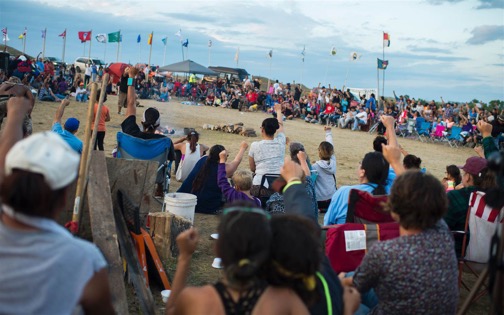 Indigenous People Have Rights: Why It’s Time to Abolish Columbus Day Most school curricula teach students to celebrate colonialism and racism. Enough. The movement to abolish Columbus Day and to establish in its place Indigenous Peoples Day continues to gather strength, as every month new school districts and colleges take action. This campaign has been given new momentum as Indigenous peoples throughout the Americas assert their treaty and human rights. Especially notable is the inspiring struggle in North Dakota to stop the toxic Dakota Access Pipeline, led by the Standing Rock Sioux. By Bill Bigelow
Indigenous People Have Rights: Why It’s Time to Abolish Columbus Day Most school curricula teach students to celebrate colonialism and racism. Enough. The movement to abolish Columbus Day and to establish in its place Indigenous Peoples Day continues to gather strength, as every month new school districts and colleges take action. This campaign has been given new momentum as Indigenous peoples throughout the Americas assert their treaty and human rights. Especially notable is the inspiring struggle in North Dakota to stop the toxic Dakota Access Pipeline, led by the Standing Rock Sioux. By Bill Bigelow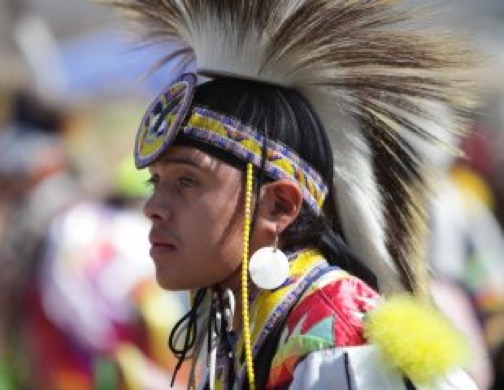 Dismantling Columbus and the Power of the Present Though Christopher Columbus never set foot in what is now the United States, Columbus Day is hailed as a symbol of the founding of the country. And without question, his arrival unleashed the Christian Doctrine of Discovery — a colonial invention of European international law that legitimated genocide, enslavement and the expropriation of Indigenous homelands. By Jaskiran Dhillon and Siku Allooloo
Dismantling Columbus and the Power of the Present Though Christopher Columbus never set foot in what is now the United States, Columbus Day is hailed as a symbol of the founding of the country. And without question, his arrival unleashed the Christian Doctrine of Discovery — a colonial invention of European international law that legitimated genocide, enslavement and the expropriation of Indigenous homelands. By Jaskiran Dhillon and Siku Allooloo 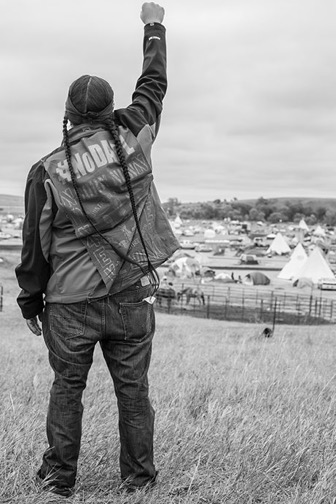
Black Liberation/ Civil Rights:
Economy:
What is Money? — Part one What is money? Where does it come from? and what does it represent? by Adam Booth
What is Money? — Part two The labour theory of value In the second part of his series looking at the role of money within capitalist society, Adam Booth explores the questions of value, alienation, and profit in order to develop a more in-depth understanding about the nature of money. By Adam Booth  World:
World:
Land of the Free? Harvard Study Ranks America Worst in the West for Fair Elections The Electoral Integrity Project (EIP)’s 2015 Year in Elections report is an independent research project by 2,000 elections experts from Harvard University and the University of Sydney in Australia assembled to examine the world’s elections. The EIP states that “the core notion of ‘electoral integrity’ refers to agreed international principles and standards of elections, applying universally to all countries worldwide throughout the electoral cycle, including during the pre-electoral period, the campaign, and on polling day and its aftermath. Conversely, ‘electoral malpractice’ refers to violations of electoral integrity.” By Claire Bernish

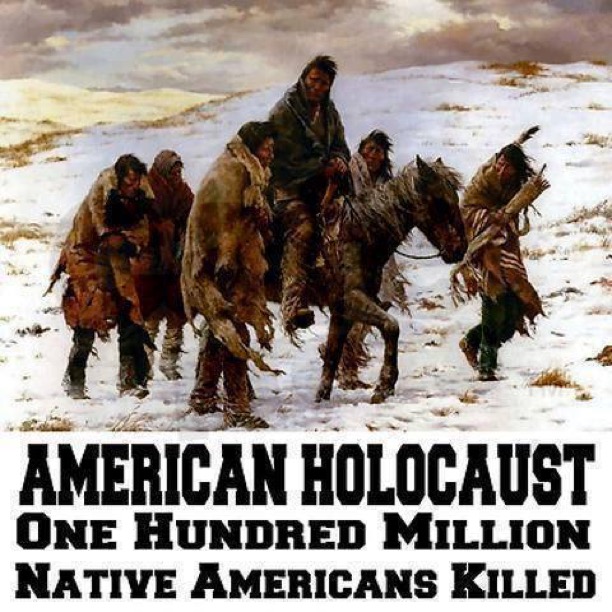 Quotes of the Day:
Quotes of the Day:




 Environment:
Environment: Ongoing Big Energy Crisis:
Ongoing Big Energy Crisis: The New Jim Crow:
The New Jim Crow: 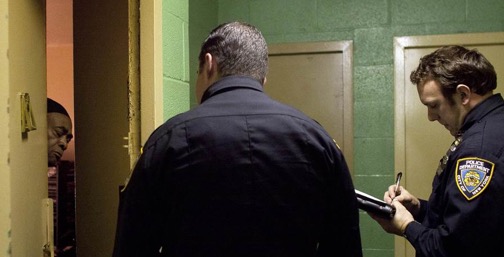 Labor:
Labor: World:
World: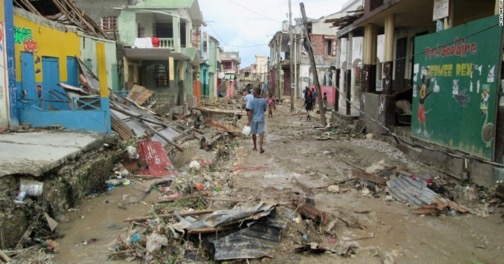 Health, Science, Education, and Welfare:
Health, Science, Education, and Welfare: